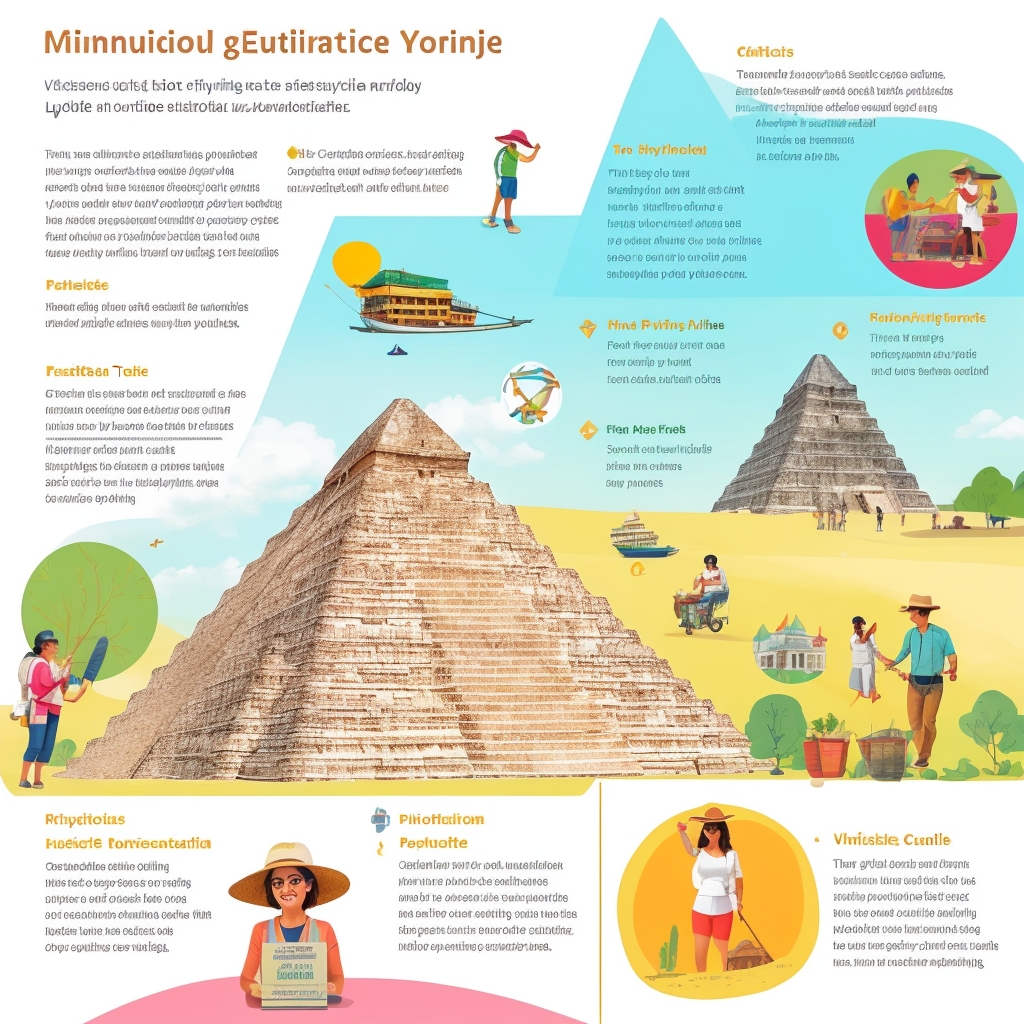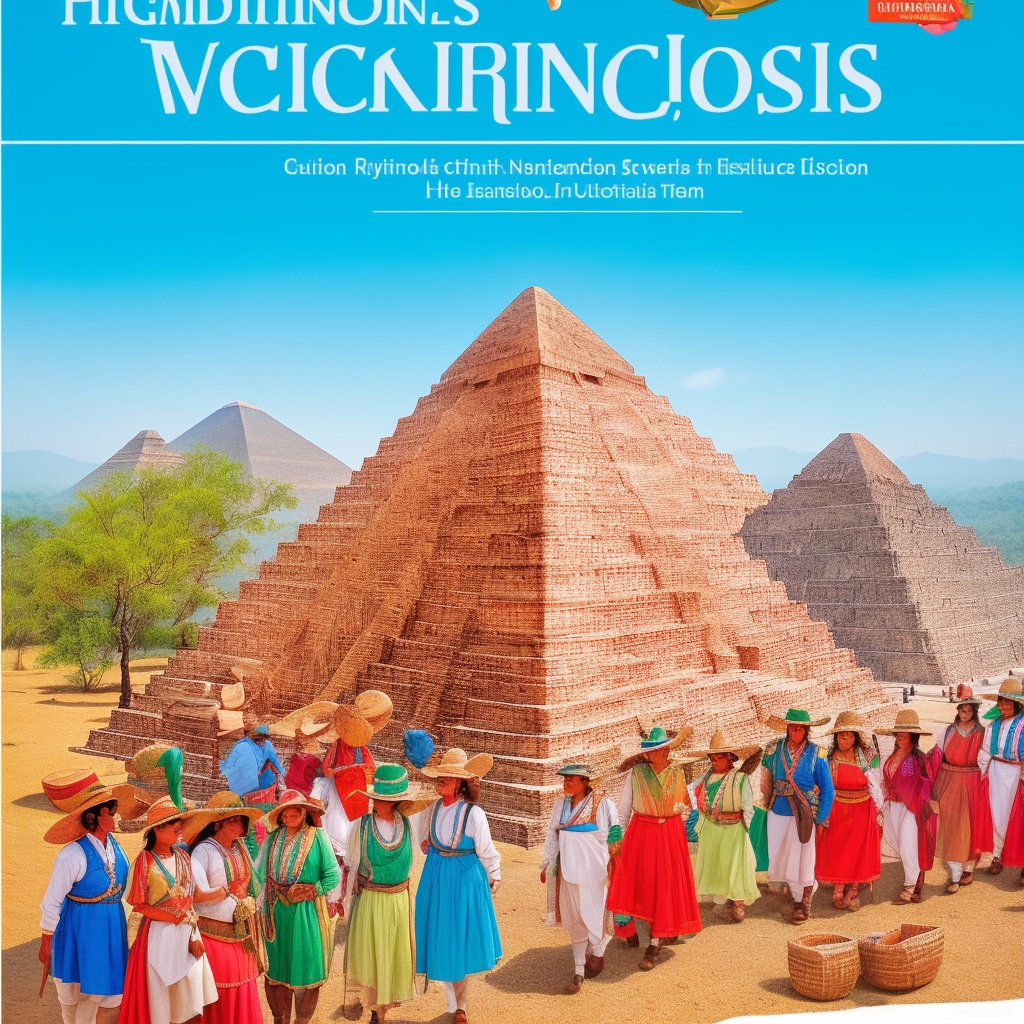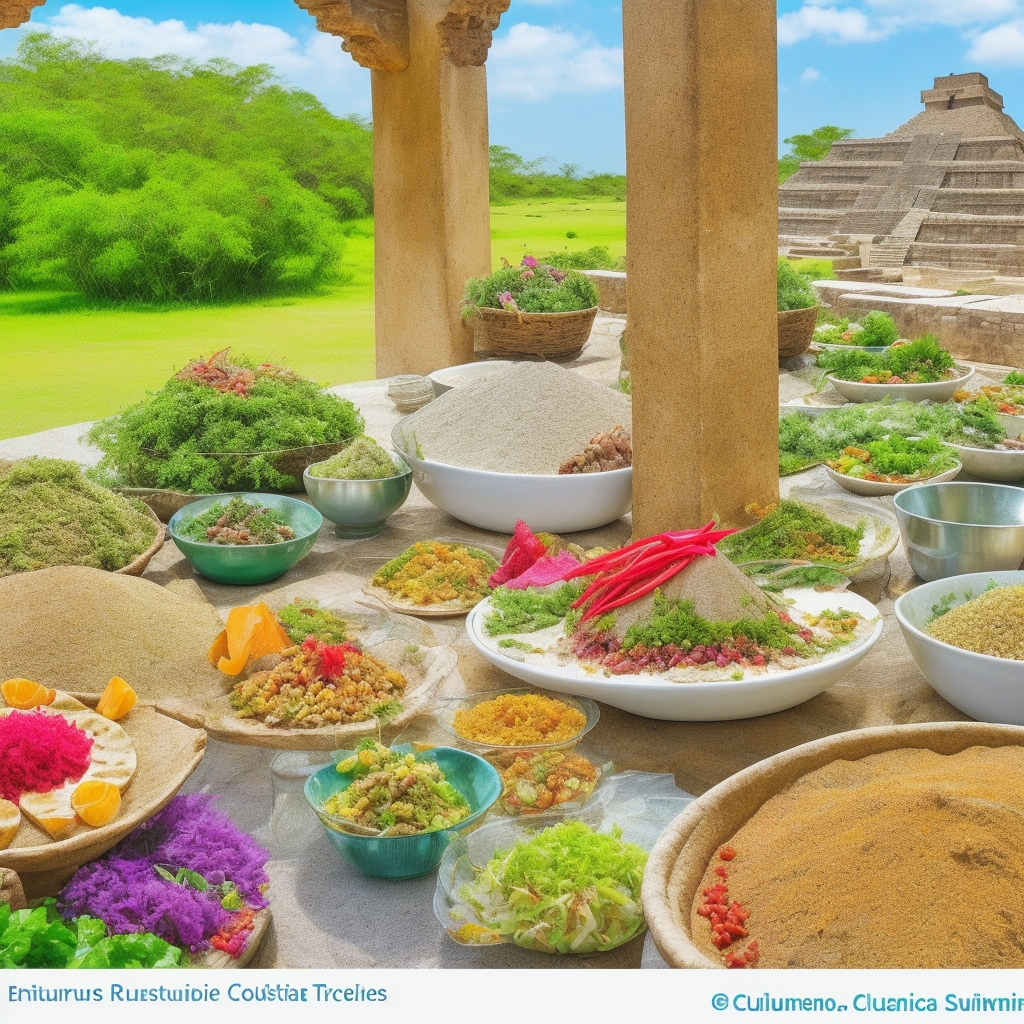Why Local Guide Expertise is Essential for Exploring Pyramids in Mexico
Last month, I watched another planning team make the same mistake I made five years ago when exploring the magnificent pyramids in Mexico. It’s genuinely frustrating because, honestly, it’s so avoidable—if you just know what to look for. Picture this: you’re standing in front of the majestic Pyramid of the Sun in Teotihuacan, utterly overwhelmed by its grandeur. But here’s the thing though: without true local expertise, you’re really just scratching the surface of what these ancient wonders have to offer.
The experience reminded me of watching someone try to appreciate a symphony while wearing noise-canceling headphones—they might see the orchestra moving, but they’re missing the entire emotional and auditory journey that makes the performance truly transformative. That’s exactly what happens when you visit these archaeological marvels without proper guidance.
The Real Problem: What Most People Miss
Many travelers head to Mexico’s pyramids armed with little more than a basic guidebook or a quick Google search, thinking they’re well-prepared. But what they often, and surprisingly, miss is the profound depth of history and the intricate cultural nuances that only a local guide can truly provide. Have you ever tried to appreciate a complex, multi-layered piece of art without any context, without understanding the artist’s intent or the historical period it emerged from? It’s precisely similar here. The captivating stories, the ancient legends, and even the hidden spots that evade the casual visitor are what genuinely make these ancient sites come alive.
Considering that popular sites like Chichen Itza welcomed over 2.2 million visitors in 2024 alone, it’s a shame to think how many walked away without truly grasping the full narrative. These aren’t just impressive stone structures—they’re sophisticated engineering marvels that represent thousands of years of accumulated knowledge, spiritual beliefs, and cultural evolution. Without proper context, visitors often miss crucial details like the acoustic phenomena at Chichen Itza’s El Castillo pyramid, where clapping at the base produces an echo that mimics the call of the sacred quetzal bird.
The problem extends beyond individual sites too. Mexico is home to over 47,000 archaeological sites, with new discoveries happening regularly. Most travelers focus solely on the “big three”—Chichen Itza, Teotihuacan, and Palenque—without realizing that lesser-known sites like Calakmul, Uxmal, or Monte Alban offer equally spectacular experiences with far fewer crowds and often more intimate storytelling opportunities.
Why You Need a Local Guide
So, why is a local guide so undeniably crucial? First, let’s talk about hidden history. In my experience, what I find perpetually fascinating is just how much history is layered within these sites, often literally buried beneath our feet. A seasoned local guide can unravel the myths and truths that tourists, even diligent ones, frequently overlook. For instance, did you know that many ancient Mexican pyramids, like those at Teotihuacan, align with celestial bodies, reflecting sophisticated astronomical knowledge? Without a guide pointing out these subtle yet profound details—and explaining their implications—such incredible facts might simply slip by unnoticed.
It’s also worth noting that recent archaeological discoveries, like the 1,375-year-old pyramid structure found in Hidalgo in late 2024, or the vast, newly unearthed Mayan megacity of Valeriana in Campeche discovered through LiDAR technology, underscore that these sites are still revealing their secrets. A knowledgeable guide is often the first to interpret these ongoing revelations for visitors, connecting new findings to the broader narrative of pre-Columbian civilizations.
Local guides also understand the intricate relationships between different archaeological sites. For example, they can explain how the architectural styles at Teotihuacan influenced later Mayan construction techniques, or how trade routes connected distant civilizations across Mesoamerica. This interconnected understanding transforms individual site visits into a comprehensive journey through ancient Mexican history.
Then there’s the language barrier. Sure, you can probably get by with a phrasebook or translation app, but a guide fluent in local dialects and customs can translate not just the words, but the very soul of the culture. It’s like having a personal interpreter for a rich, ongoing cultural dialogue, allowing you to connect on a much deeper level than mere transactional communication. Many guides are descendants of the original inhabitants and carry oral traditions passed down through generations—stories that you’ll never find in any guidebook or academic paper.
Also, consider the logistical challenges. From expertly navigating the sprawling, often confusing site at Teotihuacan—which saw over 1.3 million visitors in 2024 alone—to understanding the optimal times to visit to avoid the throngs of tourists, a local guide can make these daunting tasks seem effortlessly smooth. They help you maximize your precious time and profoundly enhance your experience. For example, if you’re visiting Teotihuacan, a guide can ensure you arrive early, effectively allowing you to explore before the peak crowds descend, a strategy often recommended by experienced travelers.
This is especially valuable if you’re visiting for the first time, as the sheer scale can be overwhelming. Teotihuacan alone covers over 8 square miles, and without proper guidance, visitors often miss significant structures like the Temple of the Feathered Serpent or the intricate murals at Tepantitla. Moreover, with sites like Chichen Itza potentially implementing mandatory reservation systems to manage its critical capacity, a guide’s insights into site access and flow will become even more invaluable.
Local guides also provide crucial safety expertise. They know which areas might be unstable, where to find shade during Mexico’s intense midday sun, and how to navigate uneven ancient pathways safely. This practical knowledge becomes especially important for older travelers or families with children exploring these expansive archaeological zones.
The Cultural Immersion Factor
Beyond the practical benefits, local guides offer something irreplaceable: authentic cultural immersion. They can arrange visits to nearby indigenous communities, explain how ancient traditions continue in modern Mexican life, and even facilitate interactions with local artisans who still practice pre-Columbian crafts. This cultural bridge transforms your pyramid visit from a historical exercise into a living, breathing encounter with Mexico’s enduring heritage.
Many guides also have specialized knowledge in areas like archaeoastronomy, ancient mathematics, or pre-Columbian art. Some focus on the spiritual and ceremonial aspects of these sites, explaining how ancient rituals were performed and how these sacred spaces continue to hold meaning for contemporary indigenous communities. This specialized expertise allows you to tailor your experience based on your particular interests, whether you’re fascinated by engineering, astronomy, art, or spirituality.
Personal Recommendations: What I’d Do Next
If you’re planning a visit to Mexico’s pyramids, my advice is unequivocally to invest in a knowledgeable local guide. This isn’t just about avoiding common mistakes or saving a few frustrating minutes; it’s about enriching your entire journey, transforming it from a sightseeing trip into an immersive cultural exploration. You’ll gain insights that aren’t readily available in any guidebook or even the most detailed online article. What’s more, it’s a fantastic chance to directly support local communities and economies, aligning with the growing global trend of sustainable tourism.
In fact, community-based tourism is a key driver in Mexico’s sustainable tourism market, which is projected to grow significantly by 2032. When you hire local guides, you’re contributing directly to the preservation of both cultural knowledge and archaeological sites, as many guide fees help fund ongoing conservation efforts.
I recommend booking guides through reputable local organizations or certified guide associations rather than random individuals at site entrances. Look for guides who are certified by INAH (Instituto Nacional de Antropología e Historia) or have specialized training in archaeology or anthropology. Many of the best guides have university degrees in relevant fields and combine academic knowledge with cultural heritage.
By the way, if you’re planning a visit in the near future, you might want to check out how to plan your 2024 visit effectively. It’s packed with practical advice tailored to the current year, taking into account things like the fact that climbing the pyramids at Teotihuacan is no longer permitted due to preservation efforts, and new visitor management systems being implemented at major sites.
Consider also that the best guides often book up months in advance, especially during peak seasons like Day of the Dead celebrations or the spring equinox at Chichen Itza. Planning ahead ensures you’ll have access to the most knowledgeable and experienced guides rather than settling for whoever happens to be available.
Finally, remember that the pyramids of Mexico are more than just historical sites; they’re living stories waiting to be told. And who better to tell those stories, to bring the stones to life, than someone who has lived among them, whose ancestors might have walked those very grounds? For an even more in-depth look at the pyramids’ enduring legacy, you might find this article on unveiling their legacy particularly enlightening.
The Economic and Preservation Impact
Hiring local guides also contributes to a crucial economic ecosystem that supports archaeological preservation. Many guides reinvest their earnings into their communities, supporting local schools, infrastructure, and cultural programs. This economic incentive helps ensure that local communities remain invested in protecting and preserving these archaeological treasures for future generations.
Furthermore, experienced guides often serve as informal guardians of these sites, reporting damage, suspicious activity, or conservation needs to authorities. Their daily presence and deep connection to these places make them invaluable partners in preservation efforts.
Conclusion
In conclusion, while it might seem tempting to explore these ancient wonders completely on your own, the authentic expertise of a local guide is, frankly, invaluable. They add layers of understanding and appreciation that truly transform your visit from simply seeing to genuinely experiencing. The difference between a self-guided visit and one led by a knowledgeable local expert is like the difference between looking at a photograph of a sunset and actually witnessing one unfold before your eyes—both have value, but only one creates lasting, transformative memories.
So, next time you’re planning your adventure, remember the local guides. They’re the essential key to unlocking the deepest secrets of Mexico’s magnificent pyramids, and they represent a living bridge between ancient wisdom and modern understanding.
- Local guides are crucial for understanding the profound historical context and cultural significance.
- They expertly help navigate logistical challenges and bridge crucial language barriers.
- Investing in a guide not only enriches your personal experience but also directly supports vital local economies.
- Certified guides provide safety expertise and specialized knowledge unavailable elsewhere.
- Guide services contribute to archaeological preservation and community development efforts.
For more insights on planning your pyramid adventures, don’t miss the top spots to visit in the coming years with our guide on must-see pyramids for 2025 tours.
Tags: #LocalGuides #MexicanPyramids #TravelTips #CulturalExploration #AncientHistory #SustainableTourism #Archaeology







